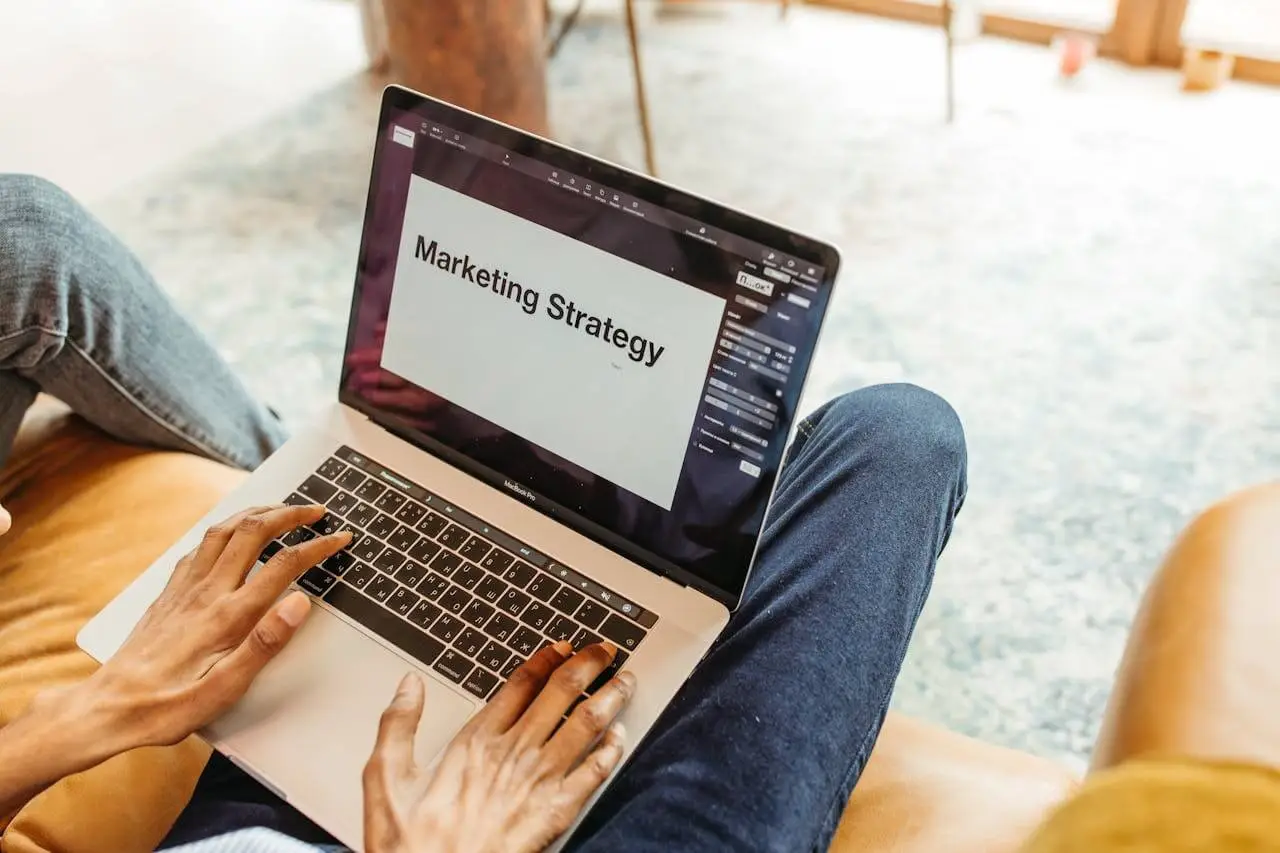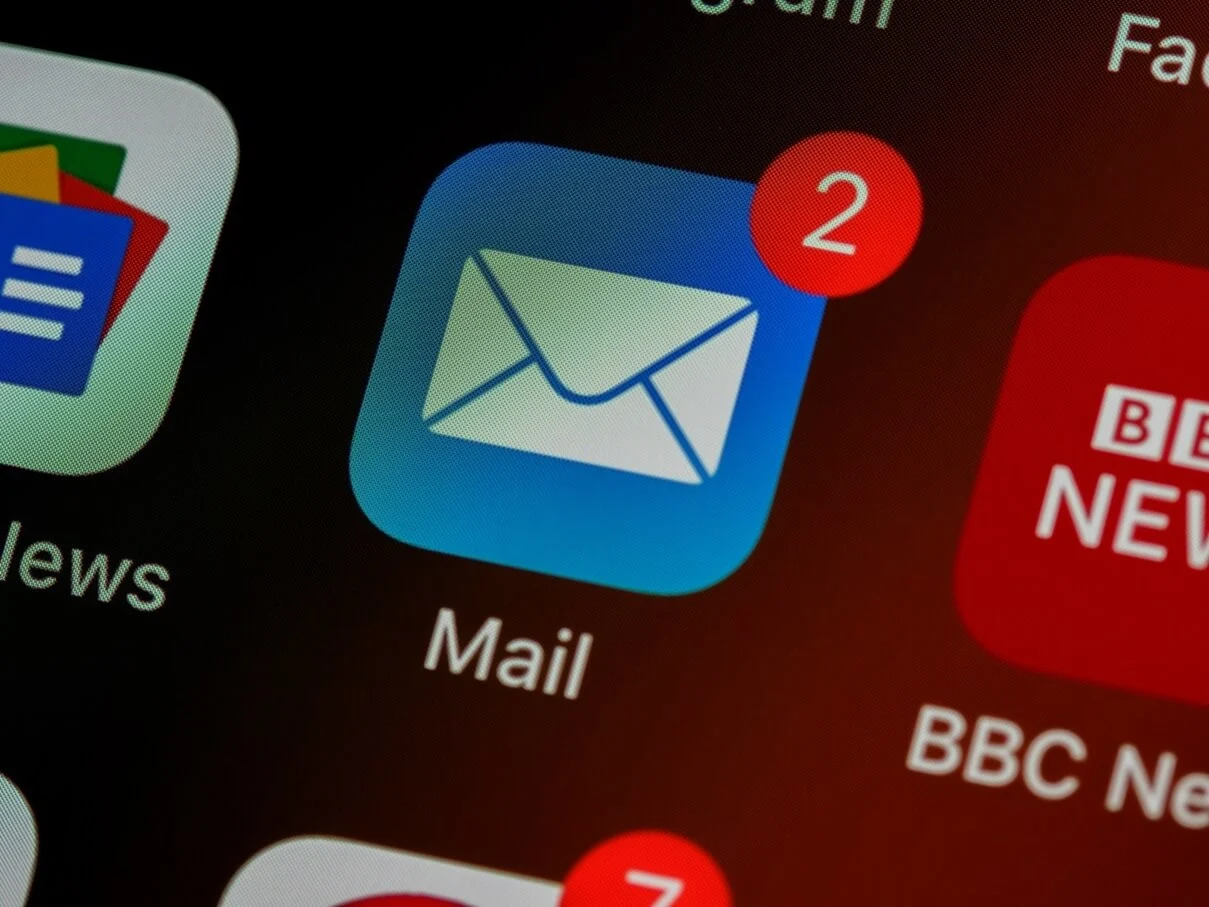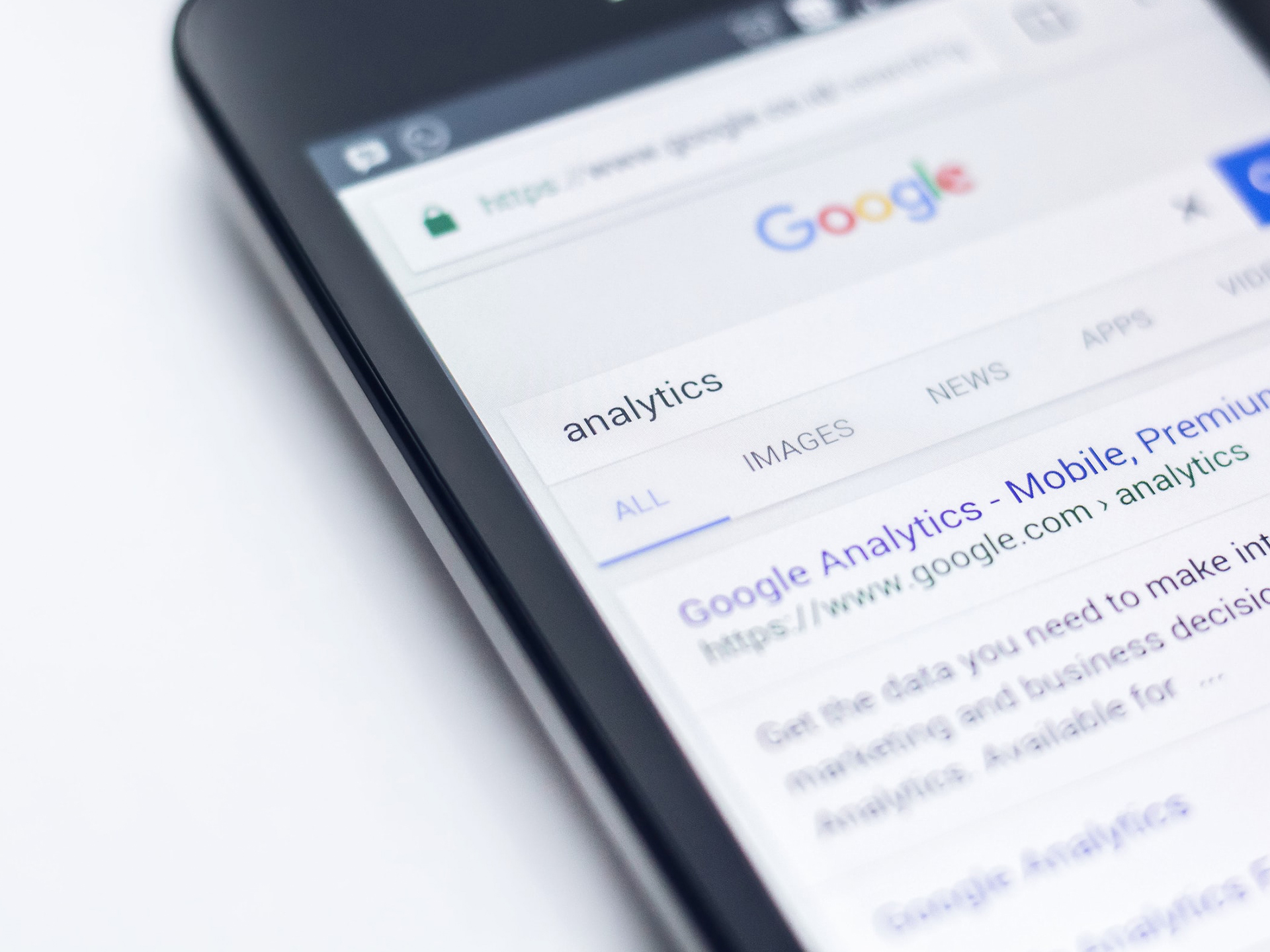Originally published July 8, 2025 , updated on August 6, 2025
A lead generation funnel maps the path from stranger to customer. Someone discovers your business, then gradually moves toward making a purchase. This journey unfolds in stages where people need different kinds of information and support at each point.
Content serves as the guide in the lead funnel stages. It’s how they first hear about you and how they learn to trust your expertise. It’s what helps them gain confidence in their decision. When you automate lead generation content, you amplify this by ensuring your message reaches people when they’re ready to hear it, without requiring manual nurturing of every prospect.
The Problem with Content And Automation
Most businesses treat content and automation as separate projects. They create blog posts without thinking about the bigger picture. They set up workflows that feel disconnected from their actual messaging. When this happens, potential customers get lost somewhere in the middle.
A lead management funnel that scales needs better coordination. You want each piece working together in a lead management funnel so prospects naturally move from one stage to the next. The goal is a system that runs smoothly while you focus on growing your business.
Here’s how to build that kind of lead generation funnel and how to generate leads with content marketing, starting with the foundation of the lead funnel stages – awareness.
Awareness Is About Helping the Right People Discover You

The top of the funnel of the lead funnel stages is where people first find you. They’re in research mode, trying to understand their problem or explore their options. A sales pitch feels premature at this stage. What they’re looking for is something genuinely helpful. This is where your content marketing for lead generation needs to deliver real value.
Content’s Role
Build your lead generation funnel’s foundation with content that addresses real problems at the awareness stage. Write blog posts answering the specific questions your prospects search for. Share insights on social media that demonstrate your understanding of their industry challenges. Create lightweight resources, such as quick guides or interactive content like quizzes and polls, that provide immediate help while gathering valuable prospect data. At this lead management funnel stage, you’re establishing credibility rather than pushing your solution.
Automation’s Role
Scale your content marketing for lead generation by setting up systems that amplify reach and capture leads automatically.
- Use marketing automation platforms like HubSpot or Mailchimp to schedule your content weeks in advance across multiple channels and trigger follow-up sequences based on prospect behavior.
- To automate lead generation, configure targeted advertising through Facebook Ads or Google Ads to deliver your content to specific segments based on demographics or browsing history.
- Set up lead capture tools like OptinMonster or Sumo to automatically collect contact information through forms and pop-ups integrated with your CRM.
- Use automation to retarget visitors who engaged with your content but haven’t converted yet.
- Set up automated workflows that deliver personalized follow-up content based on which blog posts they read, which social media posts they engaged with, or which interactive content they completed.
This systematic approach helps automate lead generation while maintaining relevance.
Tips and Best Practices to Automate Lead Generation
- Use SEO best practices to increase organic discovery and reach prospects actively searching for solutions
- Set up automated workflows that trigger follow-up content or retargeting ads to re-engage users who interacted but haven’t converted
- Perform regular brand awareness surveys and track engagement metrics to refine your content and automation strategies.
Consideration is About Guiding the Right People Closer
This part of the lead funnel stages is where potential buyers start evaluating their options. They’ve figured out what they need, but they’re still working out who they trust to deliver it. Content marketing for lead generation plays a major role here, helping you show up with exactly what they need, right when they need it.
Content’s Role
Create content that helps your prospect feel more certain. Write deep-dive comparison guides and industry-specific case studies that highlight how others succeeded with your help. Host on-demand webinars that tackle common problems or objections. If you are focused on how to generate leads with content marketing, every piece of content should move someone from curiosity to confidence.
Automation’s Role
Use automation tools like HubSpot to trigger timely follow-ups based on prospect behavior. When someone downloads a resource or spends time on a product page, deliver a relevant next step. Content that works could include a new guide or a case study. Set up lead scoring to prioritize the people showing strong interest, and segment your audience. Things to consider for even better targeting include their industry or job title for even better targeting.
Tips and Best Practices
- Align your mid-funnel content to real buyer concerns and objections, not just product features.
- Set up automated nurture flows that match content delivery to user engagement and interest.
- Use data to adjust your messaging, doubling down on what drives deeper funnel movement
Decision Is About Removing Uncertainty and Building Confidence
By the time someone reaches this stage, they’re almost there. They’ve done the research. They’ve considered the options. But they’re still holding on to a few questions or concerns. They need clarity. They need reassurance. And they need to feel confident that saying yes won’t lead to regrets. This is where your content and automation need to come together to give them the final nudge.

Content’s Role
To perfect how to generate leads with content marketing, offer the kind of content that clears away doubt. Publish clear, honest breakdowns of your pricing. Build trust through client success stories that feel real, not polished. Share FAQ content that addresses the things people hesitate to ask. Create short videos showing how your product or service works in action. This is all about helping them feel reassured that they are making the right decision.
Automation’s Role
Set up automations that spot when someone is close to converting. If they’ve been back to the same page a few times or opened your last few emails, use your platform to trigger a tailored message. It could be a piece of relevant content. Tools like Salesforce or ConvertKit can automate this kind of high-intent follow-up without making it feel forced. You can also use real-time notifications to alert your team so they can follow up in a timely, personal way.
Tips and Best Practices
- Use behavior-based automation to detect high intent and follow up accordingly
- Personalize final-stage content to reflect industry, size, or past engagement
- Keep your tone informative and empathetic, not pushy
Post-Conversion: Keep the Relationship Going
Getting a new customer is just a new part of the journey – it’s not the finish line. How you support someone after they buy plays a big role in whether they stay and refer others.
Content’s Role
Think about onboarding guides and how-to videos – you want to consider offering ongoing educational content. Your goal with mastering how to generate leads with content marketing is to help them get the most out of what they’ve bought. You’re not selling anymore – you’re making sure the experience lives up to the promise.
Automation’s Role
Use lifecycle marketing tools like Customer.io to deliver onboarding sequences. Automate check-ins. Share relevant resources based on product usage. Send feedback surveys at the right moments with tools like AskNicely. You don’t need to manually reach out after every sale. Your system takes care of the follow-up and keeps the customer engaged. Retention is often more profitable than acquisition. By automating your post-sale content and support, you increase customer satisfaction and reduce churn.
Supporting the Lead Generation Funnel Marketing System
A successful lead generation funnel depends on more than just strong content and well-timed automation. It needs structure behind the scenes. This means investing in tools that work together and processes that hold up under pressure. This is where scale becomes sustainable.
1. Your CRM should centralize every interaction, giving your team a clear view of where each lead stands. Tools like Salesforce do this well. Use integrations to reduce manual handoffs and make sure data stays clean and actionable.
2. Your lead generation funnel is only as strong as the people managing it. Invest time in making sure your team understands the tools and how they interact. Assign clear ownership of stages. Encourage regular knowledge sharing between marketing and sales, especially around content performance and customer feedback.
3. Document how your lead funnel stages work. From content creation to lead nurturing, map out each step. This clarity helps when onboarding new team members or troubleshooting issues. Set up review cycles so also learning from them to improve them. Use templates and checklists to simplify repeatable tasks and reduce risk.
Tips and Best Practices
- Map every tool in your stack and confirm where data flows and where it doesn’t
- Build cross-functional processes so teams aren’t working in silos
- Schedule regular audits
The Benefits of Automation for Scaling Content
Over 90% of marketers now use automation tools to support lead generation, and 77% of B2B marketers report higher conversion rates after making the shift. The reason is simple. When automation enhances your content strategy, it becomes easier to stay responsive as your audience grows.
As your content strategy expands, automation becomes essential to delivering it at scale. It’s not about replacing the human touch. It’s about removing the bottlenecks that slow down your best work.
Faster Production and Distribution
Automation supports a consistent publishing rhythm. Instead of scrambling to write and post, teams can plan and queue content in advance. That frees up time for more strategic thinking and ensures your audience sees you regularly.
Improved Personalization at Scale
One of the biggest challenges of scaling content is keeping it personal. Automation bridges that gap. You can serve different content based on someone’s behavior or stage in the lead generation funnel. That way, each prospect gets something that feels tailored.
Data-Driven Optimization
When content is distributed automatically, you also gain better insight into how it performs. Automation systems help you spot patterns quickly – what’s working and what’s not, as well as where you might need to pivot. With this kind of feedback loop, you don’t waste time on guesswork. You improve faster, with clearer direction.
Resource Efficiency
Most marketing teams are stretched. Automation handles the repetitive, time-intensive parts of the process so your team can focus on content quality and strategic initiatives.
Increased ROI

Every improvement adds up. With automation delivering more targeted and consistent content, you tend to see better engagement and stronger conversion metrics.
What This Looks Like in Practice: A Campaign Example
To see how all of this comes together, imagine a mid-sized B2B consultancy that wants to generate more leads. They’ve relied mostly on referrals and manual outreach, but it’s no longer enough. They need something that scales.
Awareness. They start by publishing blog content based on common client problems. The content is educational and SEO-friendly, built to show up when people search for solutions. At the end of each post, there’s a checklist or guide readers can download in exchange for their email.
Consideration: Once someone downloads a guide, they’re tagged and added to a tailored email series. These emails share case studies and short video breakdowns of the consultancy’s process. Prospects get real examples of how they’ve helped similar businesses. It’s informative and it deepens trust.
Decision: If a lead clicks through multiple emails or spends time on the service or pricing pages, that activity triggers a follow-up email inviting them to book a call. The email is automated but feels personal.
Post-Conversion. After becoming a client, the new customer receives a welcome email series and onboarding materials. They also get updates with relevant content, making it easier to build the relationship and encourage referrals.
This kind of lead generation funnel works because it blends thoughtful content with timely automation. It’s built once but keeps delivering. That’s what scalability looks like.
Keep Content at the Core, Let Automation Do the Lifting
When you’re ready to get serious about building a content-led lead generation engine, it’s worth working with an agency that understands both sides – story and system. Look for a team that delivers content, but also has the skills to design it to work inside a funnel. One that thinks strategically about messaging and audience intent, while also helping you choose and connect the right tools to support scale. The best content marketing for leads agency partners will help you stay focused on what you do best while building a system that runs in the background and delivers leads.
An agency that brings both content strategy and automation expertise to the table will also save you the trial and error. They’ve done this before. They know what tools integrate cleanly, what kinds of content work at each stage, and how to build systems that feel seamless to your audience. Instead of building a lead generation funnel from scratch and hoping it works, you get a process that’s been tested and tailored to your goals.
To discuss how to scale your content and automate lead generation with a specialized content marketing agency, get in touch with Goodman Lantern.
Post Views: 185


















